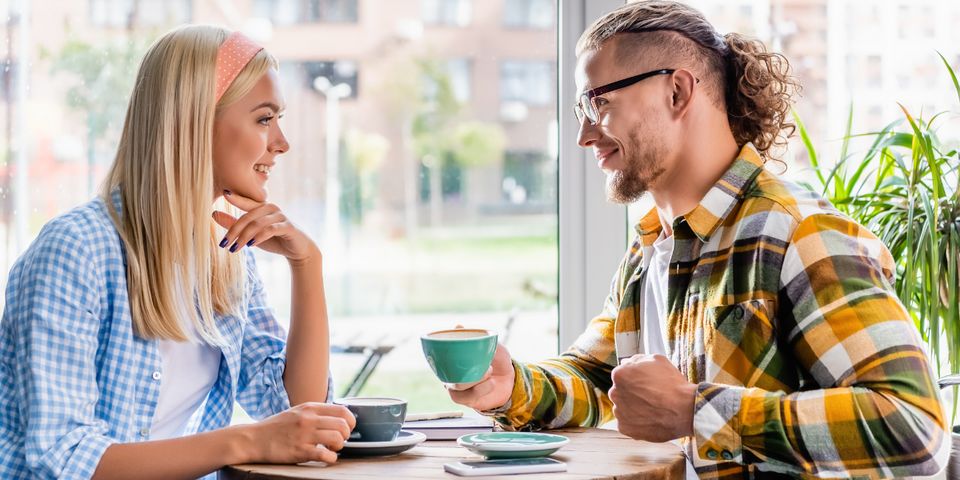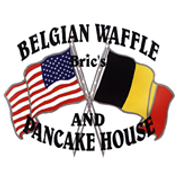A Guide to How Decaf Coffee Is Made

If you enjoy going to breakfast at your favorite family restaurant, you'll likely see people ordering coffee to pair with their waffles. However, some may order a hot cup of decaf coffee instead of a regular one. Decaf is a good alternative because it retains most of the flavor without the stimulants. How the caffeine is extracted is not widely known. Here’s a look at the ways decaffeinated coffee is made and why people choose to drink it.
How Was Decaf Coffee Created?
During the early 19th century, a German chemist named Friedlieb Ferdinand Runge was the first person to separate and identify caffeine in coffee beans. The scientist, though, didn’t do anything further with the discovery. Then, German coffee merchant Ludwig Roselius introduced the earliest process of decaffeination in 1903 called the Roselius Method. His approach used benzene as a solvent to remove caffeine, which is now outlawed because it’s a dangerous carcinogen. The method, though, inspired many of today’s safer practices. Now, decaf coffee is widely available at stores and family restaurants.
What Are Some Decaffeination Methods?
Solvent Method

The process is similar to Roselius’s early system in that it requires the use of a solvent. Since benzene is no longer legal, methylene chloride or ethyl acetate is used. First, green coffee beans are placed in boiling water. This step releases caffeine, flavor compounds, and oils into the liquid. Next, a solvent is added that absorbs the caffeine and other solubles from the solution. The coffee beans are steamed and dried to remove any residual chemicals.
Swiss Water Process
This method doesn’t use chemicals. Instead, a charcoal filter and carbohydrate solvent are used. Coffee beans are soaked in hot water. Then, carbon filters expel caffeine from the solution but leave the flavor intact. This remaining liquid is free of caffeine but full of flavor. Usually, the first batch of coffee beans is discarded, and subsequent batches of beans are added to this water so that they absorb the flavors left behind but are made free of caffeine.
Carbon Dioxide Method
After green coffee beans are soaked in hot water, they’re transported to an extraction vessel. Liquid carbon dioxide is pumped into this container at a high pressure. The solution removes caffeine from the coffee beans, but not the flavor. The liquid carbon dioxide is placed in a separate chamber so that it can return to a gaseous form and release the caffeine it absorbed.
When you’re in the mood for a warm cup of decaf coffee and a tasty meal, head to Belgian Waffle & Pancake House. The family restaurant in Branson, MO, serves delicious breakfast, including waffles, pancakes, and eggs. They also have lunch options, including sandwiches. Call (417) 334-8484 or visit their website to learn more about their menu options.
About the Business
(2,291 reviews)
Have a question? Ask the experts!
Send your question

